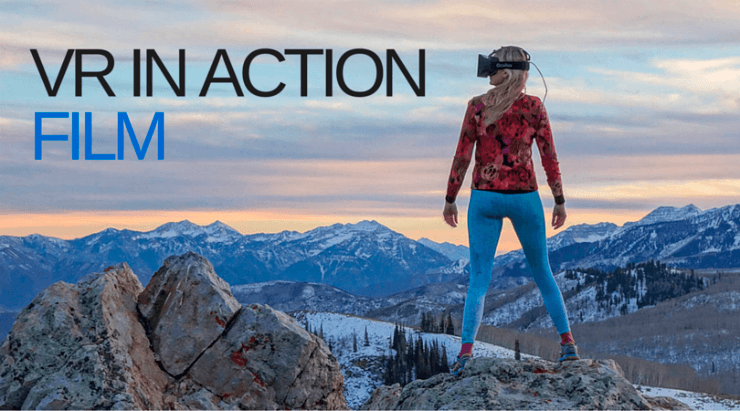One surprising area that virtual reality technology is gaining traction is the film industry. While the driving force behind the development of VR has always been entertainment, the focus has always been gaming. However as people are realizing the potential that this technology has in other areas, forward thinking film makers are beginning to take advantage of his new medium.
When directors or screenwriters set out to create a movie and tell a story, their goal is to elicit an emotional response from a viewer. They want the person watching to understand what the character is feeling and empathize with them. What is incredible about VR in this aspect is the ease with which the viewer can be immersed in the story. This allows filmmakers to create full-fledged experiences rather than just creating a movie. The ability to remove the fourth wall and have people step directly into the stories that are being told could likely be the next step in the evolution of filmmaking.
Virtual reality has been called the ultimate empathy machine by many people in the film industry, and that title is rightfully earned. By putting on an Oculus Rift, a person can see through the eyes of a child, an impoverished woman, or a disabled person, and the ability to step into their shoes allows for a much deeper level of understanding and compassion. This potential is already being realized today as film makers are using these devices to tell powerful stories that are leaving lasting impressions on the people who watch them.
Artist and Filmmaker Chris Milk touched on this subject in a TED talk he gave last April. The ability to place yourself inside of another world allows for you to be present in a film in a way that traditional media could never do. Chris Milk delivers a very powerful story in his film, Clouds of Sidra, which tells the true story of a 12-year-old girl in a Syrian refugee camp as her and her family flee Syria into Jordan.
Shot using cameras that give the viewer a full 360 degree field of vision, it allows the viewer a chance to be present in the situations that she’s living through, and allows for a level of emotional connection that could never be achieved just by watching the story on television. This immersion allows for people to get back in touch with their sense of humanity in a way that is completely gripping and real.
Films like this are having a genuine impact on the people who watch them, and that is why pioneers in the industry are turning to this technology as a new way present their films to audiences. As a testament to legitimacy that VR films have in the film world, Sundance Film Festival introduced virtual reality films to the festival in its New Frontier exhibits earlier in 2016, and received overwhelmingly positive feedback from the audiences.
With short films and experiences created by everyone ranging from indie directors to Ridley Scott and Lucas films, VR stole the spotlight at Sundance this year. With so many people seeing the potential virtual reality has, there will undoubtedly be flood of amazing film experiences created by a number of talented directors in the next few years. We’ve all daydreamed about stepping inside of our favorite movies, but 2016 is the year that we can finally make that a reality.
